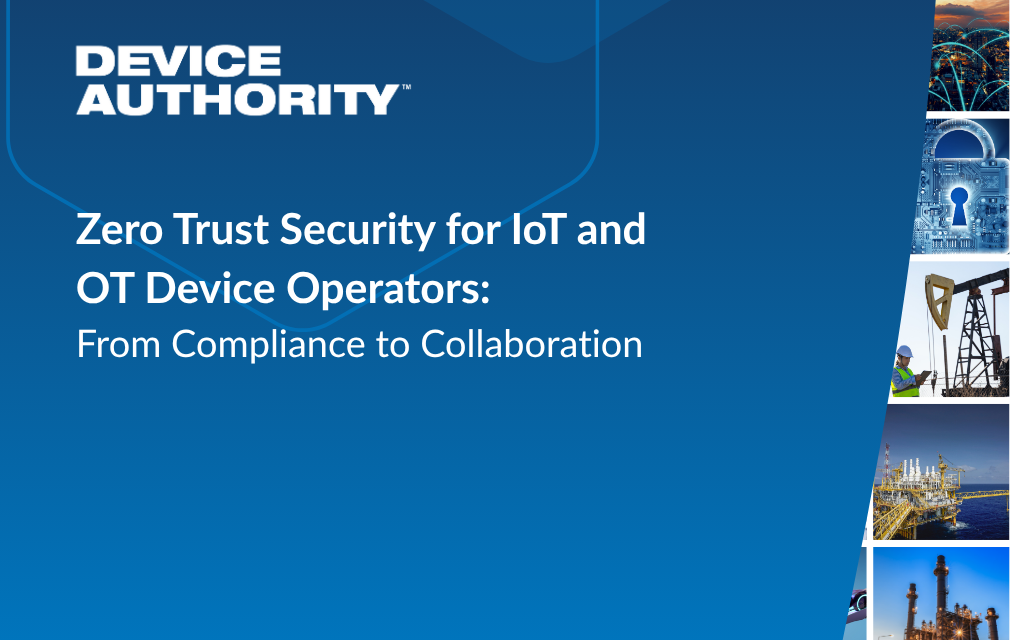Zero Trust for IoT and OT: A Clear Path from Compliance to Confidence
Zero Trust for IoT and OT: A Clear Path from Compliance to Confidence
Connected devices are powering transformation in every sector, whether it’s smart meters in energy, robotic arms in manufacturing, or infusion pumps in healthcare. But alongside innovation comes risk. More than 50% of connected devices have a known vulnerability, and with security breaches in IoT rising year over year, it’s no longer enough to bolt on protection after the fact.
Device operators now face growing pressure to meet regulations like the EU Cyber Resilience Act (CRA), NIST frameworks, and IEC standards. That means compliance can’t be an afterthought, it must be embedded across the entire device lifecycle. For operators working in fragmented, high-risk, or resource-constrained environments, this is no small task.
That’s where Zero Trust becomes essential.
Zero Trust, Grounded in Identity
Zero Trust for IoT and OT begins with strong device identity. Operators need to move beyond static credentials and insecure legacy tools. Instead, identity must be dynamic, cryptographically secure, and tightly bound to the hardware. This forms the foundation for Zero Trust: verifying every device, every action, every time.
The new white paper from Device Authority outlines a seven-step roadmap for IoT and OT operators to achieve Zero Trust and compliance, covering everything from device onboarding to runtime policy enforcement and decommissioning. These aren’t abstract ideals, they’re practical actions mapped to specific compliance requirements across NIST SP 800-207, 800-213, 8259A, and the CRA.
Automate or Fall Behind
With device certificates expiring as often as every 47 days, manual credential management is not only inefficient, it’s risky. The Device Authority KeyScaler™ platform automates credential issuance, rotation, revocation, and attestation across millions of devices, eliminating human error and reducing operational overhead.
Unlike traditional PKI solutions that assume IT environments and stable connectivity, KeyScaler is built for constrained and remote devices. It enables Zero Trust controls at the edge with dynamic device key generation, agentless options, and OT protocol support. This is critical for operators managing devices in hard-to-reach, air-gapped, or brownfield environments.
Collaboration, Not Silos
Device operators and manufacturers must work together to establish secure identity models, firmware update procedures, and shared accountability for compliance. The paper emphasizes how early collaboration leads to devices that are secure by design and ready for Zero Trust adoption from day one.
Why Device Authority
KeyScaler uniquely aligns with Zero Trust principles and regulatory frameworks. It supports full lifecycle management, federated identity integration, real-time telemetry, and audit-ready compliance reporting. By automating these processes, organizations reduce cyber risk, speed up time to value, and enable secure scaling without adding operational burden.
If you’re a device operator navigating compliance mandates and expanding device fleets, now is the time to act.
Download the white paper: “Zero Trust Security for IoT and OT Device Operators: From Compliance to Collaboration” to explore actionable strategies and understand how KeyScaler can help operationalize Zero Trust across your device ecosystem.
